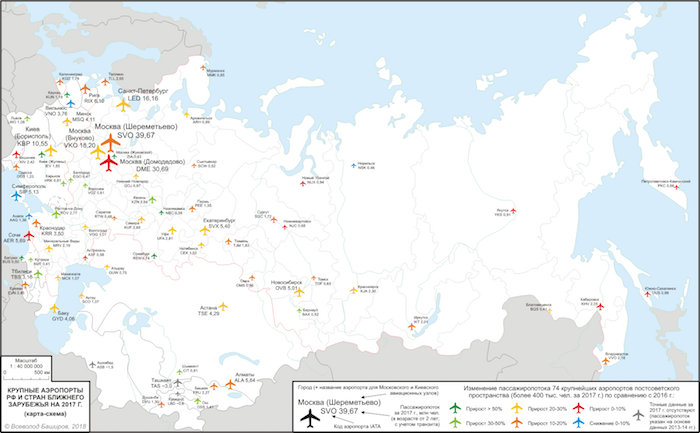
Incidentally, this makes Moscow the world's 13th biggest city airport system (London is first, with 171 million), having risen up from obscurity in the 1990s (see comparison right).
Growth continues to be vigorous into 2018 - as of this month, there are double-digit percentage increases in passenger traffic relative to the same period last year. [you can follow the stats here, in Russian]
Regional cities remain small fry - a function of their much smaller size (Moscow is 10x as big as any other Russian city other than SPB), less economic potential, and lower transit percentage (in Moscow it's at 37%, and accounts for a large percentage of China-Europe flights; indeed, Chinese appears as often as English on signs at Sheremetyevo). However, they are now showing even more vigorous growth than Moscow.
In the past five years, by far the largest increase occurred in Simferopol, Crimea's main airport, which saw 5.1 million passengers in 2017, versus 1.2 million in 2013. What mainly happened is that the prior Ukrainian tourists coming in by road were replaced by higher-spending Russians flying in.
The picture outside Russia is bleaker. Kiev gets 3x fewer passengers per capita than Moscow; Ukraine's millionik cities (Kharkov, Kiev, Odessa, Lvov) get 3-5 times fewer passengers per capita than similarly sized regional Russian cities. For obvious reasons, Donetsk Airport is inoperative. However, this also implies room for rapid growth. While passenger traffic in Russia is currently increasing at around 10% per annum, in the Ukraine it's more like 30% per annum.
The higher than expected figures for Riga and Kishinev are probably on account of them being popular transit nodes, especially for lowcosters such as Air Baltic and Air Moldova, respectively.
Here is how the numbers looks like for Russia as a whole (blue - millions of passengers; red - billions of passenger kilometers).
Russia as of 2017, with 105 million passengers carried (86 million in 2016), has increased fivefold since the trough at 22 million passengers in 1998-2000, and exceeded the RSFSR peak of 94 million passengers in 1990 (and overtook it in terms of passenger miles in the early 2010s due to the greater weight of longer international routes).
Relative to international statistics as of 2016, Russia is now comparable to India (120 million), Japan (118 million), and Brazil (94 million), though very far behind the US (823 million) and China (488 million).
These improvements, at least in Russia, have been accompanied by a vigorous airport construction and expansion program. For instance, Sheremetyevo has overgrown its old, classic Soviet carapace (Terminal F) with new, wavy steel-and-glass buildings, and an underground railway will soon be constructed to connect its north and south parts. Domodedovo was thoroughly modernized even earlier, during the 2000s, when it briefly overtook Sheremetyevo to become Russia's busiest airport. Incidentally, Domodedovo even has one of Moscow's better Indian restaurants.
However, these improvements are by no means limited to Moscow. Gleaming new constructions have sprung up throughout Russia, including in the most remote and unlikely places.
I would venture to guess that airports constituted Russia's biggest infrastructure improvements under Putin.
This ensures a solid domestic market for Russian aircraft construction, which collapsed in the 1990s due to a mixture of uncompetitiveness as well as the political elites' disinterestedness in maintaining Russian industry, and has only recently started to recover.
The few dozens of civilian liners produced per year in Russia - mostly the Sukhoi Superjet 100, which seats 80-100 passengers - pale in comparison to just the hundreds of Boeing 737s produced in their Everett factory in Washington every year.
Moreover, up until 2014, a large percentage of the SSJ-100′s more complex components, including the engine and avionics, were produced in the West.
However, since the onset of Western sanctions, the share of domestic components has been increased to 75% by 2017, and the numbers are similar for the Irkut MC-21, a larger, newer craft seating 150-210 passengers, which is on the cusp of entering serial production.
Moreover, the MC-21 (design began in 2006) was designed from the very outset to have a much higher share of Russian components than the SSJ-100 (design began in 2000).
A widebody aircraft seating 300 passengers called the CRAIC CR929 is being mutually developed with China and should be ready in another decade, challenging the Boeing/Airbus duopoly at all ranges.
Consequently, Russian aircraft production should increase in coming years, driven by both domestic demand and political factors (e.g. state airliner Aeroflot will eventually need to renew its Boeing/Airbus fleet, and Iran may be a major potential customer).
With MC-21 production projected at 20 per year around 2020 and 70 per year in 2024, Russia should be producing around 150-200 civilian aircraft each year by the mid-2020s, which will return it to RSFSR levels.
PS. Seva Bashirov also reposts statistics gathered by the blogger harding1989 about USSR city statistics for 1965, 1970, 1975, and 1980. The top 12 cities are reproduced.
| City | 1965 | 1970 | 1975 | 1980 | ||||
| Поток | % | Поток | % | Поток | % | Поток | % | |
| Moscow | 4218 | 36 | 7957 | 32 | 11690 | 30 | 14199 | 34 |
| Leningrad | 1132 | 11 | 2215 | 10 | 2875 | 10 | 3314 | 10 |
| Tashkent | 1070 | 32 | 1748 | 25 | 2731 | 23 | 3235 | 23 |
| Kiev | 985 | 20 | 1952 | 20 | 2668 | 15 | 2746 | 12 |
| Novosibirsk | 698 | 39 | 1311 | 41 | 2024 | 36 | 2099 | 32 |
| Sverdlovsk | 666 | 30 | 1208 | 31 | 1747 | 23 | 2085 | 18 |
| Krasnoyarsk | 607 | 17 | 1119 | 21 | 1701 | 19 | 2023 | 22 |
| Minvody | 605 | 15 | 1191 | 13 | 1855 | 10 | 2002 | 8 |
| Khabarovsk | 571 | 45 | 1025 | 43 | 1718 | 50 | 1961 | 50 |
| Sochi | 820 | 3 | 1212 | 3 | 1649 | 2 | 1920 | 2 |
| Simferopol | 781 | 4 | 1200 | 4 | 1672 | 3 | 1880 | 2 |
| Alma-Ata | 485 | 18 | 854 | 14 | 1311 | 10 | 1594 | 11 |
PS. Thanks to Jon Hellevig for some of the links and observations.
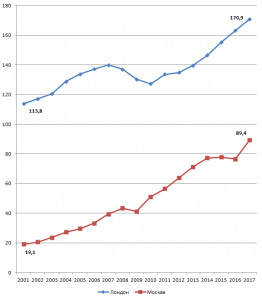
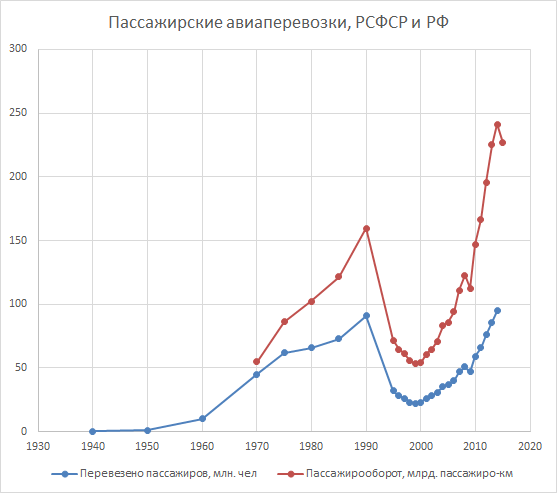
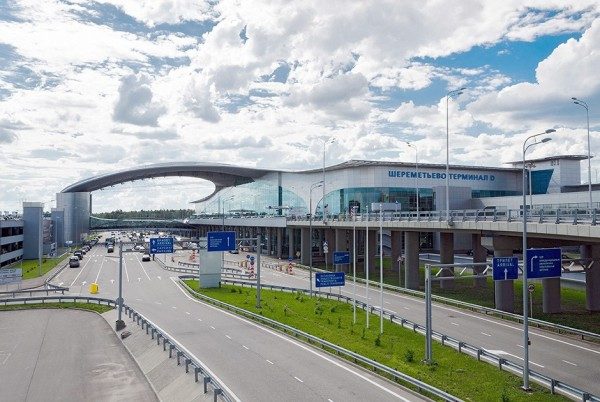
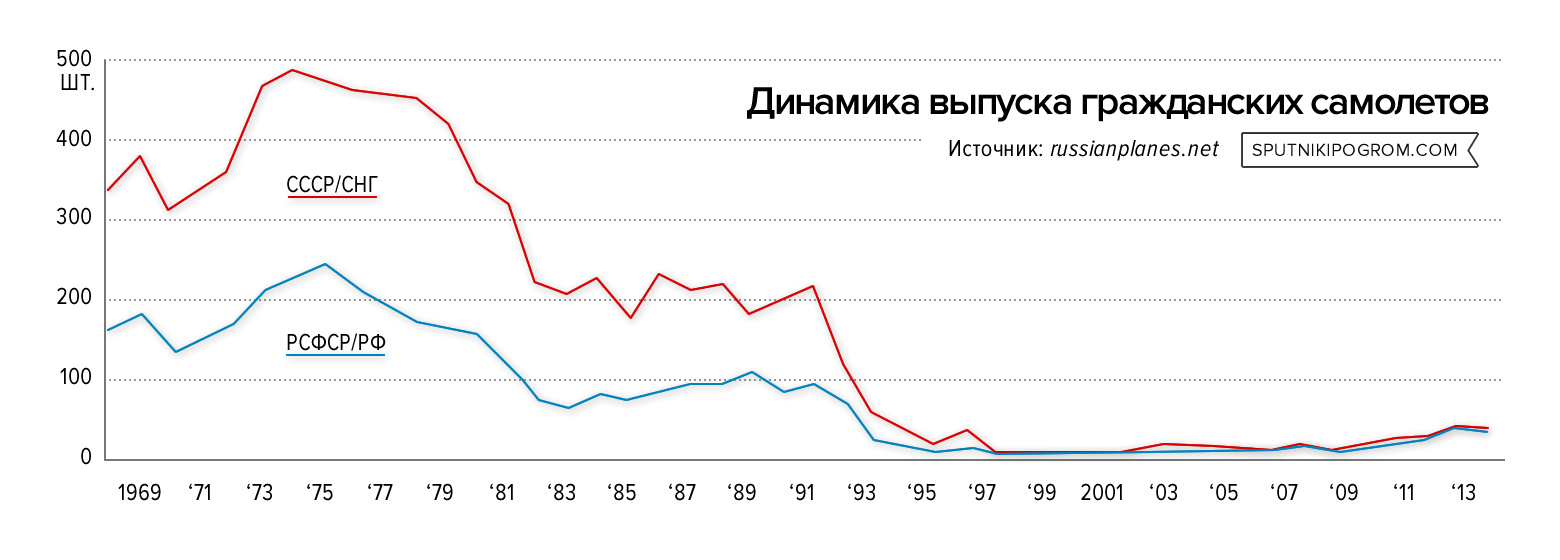
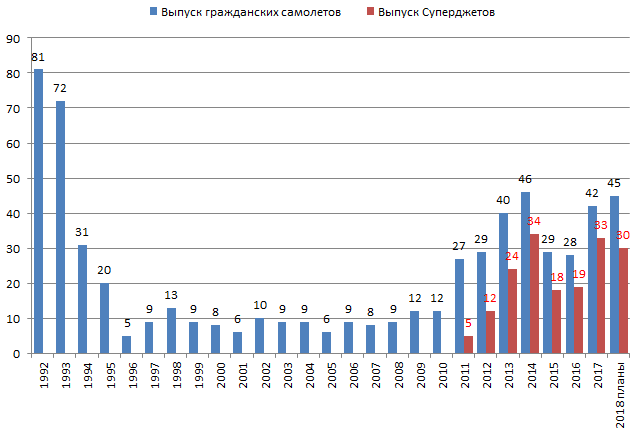
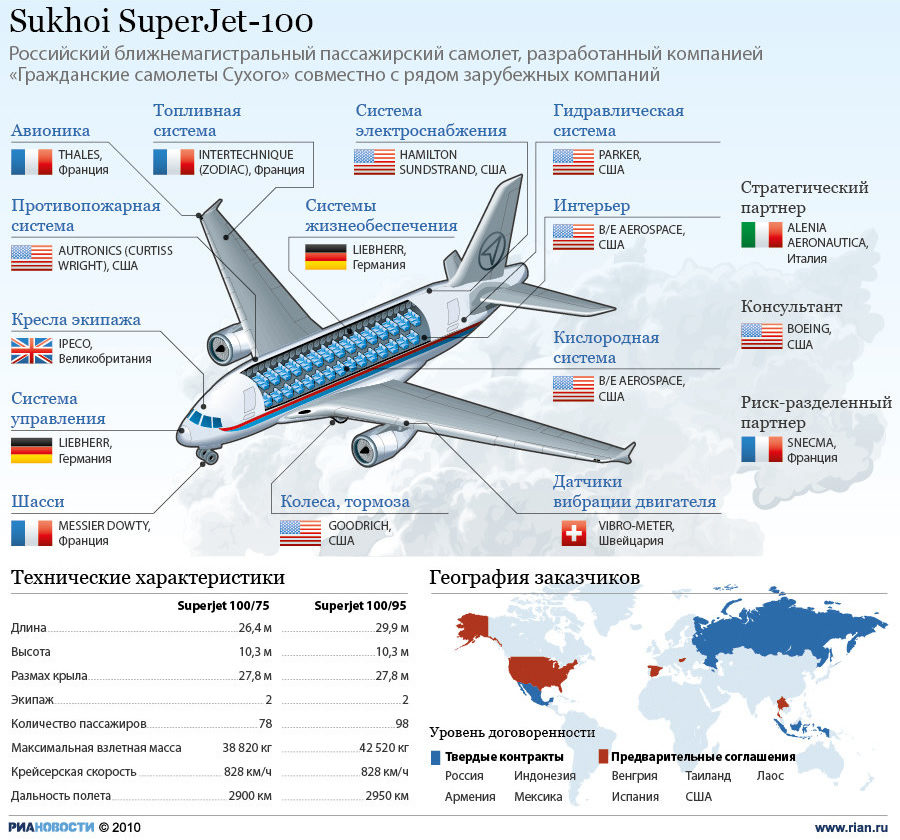
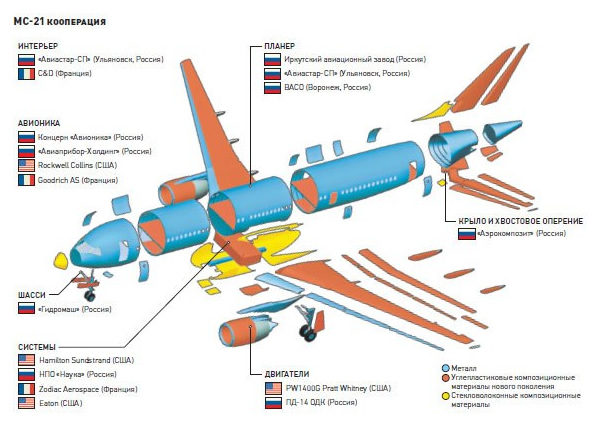



Reader Comments
to our Newsletter